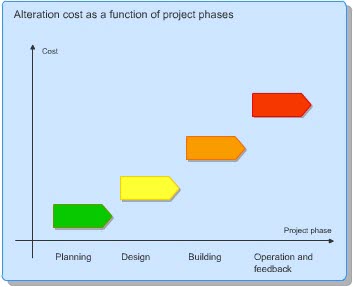You are here:
CRIOP
/
The CRIOP in short
/
The CRIOP advantages



